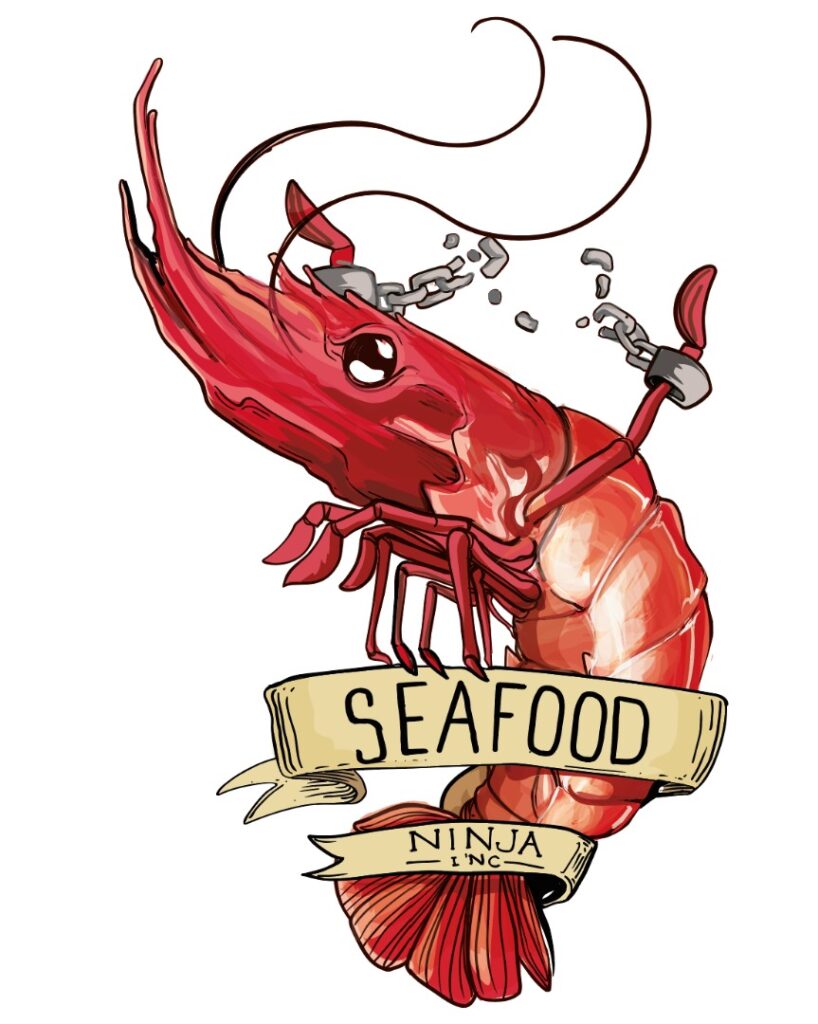Coming back from Seafood Expo North America this year, I felt a mixture of optimism and unease.
On the one hand, the energy around innovation, sustainability, and global collaboration was real. The launch of the Global Shrimp Council’s new “Happy Protein” campaign showed there’s appetite for bold, coordinated efforts to connect with consumers and reclaim narrative space. On the other hand, it’s clear that consumer trust is still shaky—especially in the U.S., where seafood consumption remains flat, and shrimp supply chains remain under scrutiny.
As I walked the show floor and sat in on panels, I kept thinking about Seaspiracy—yes, that Netflix documentary from 2021. Not because it was accurate (it wasn’t), but because it was emotionally effective. It changed consumer perceptions, not with facts—but with feelings.
And that’s the key lesson we still haven’t fully absorbed.
The Seaspiracy Effect: Hijacking Emotion to Drive Behavior
Seaspiracy wasn’t a documentary. It was an emotional operation.
It followed a classic manipulative formula—SGOWCK:
Shock → Guilt → Outrage → Worry → Confusion → Kindness
This emotional sequencing triggered what psychologist Daniel Goleman called an amygdala hijack—a flood of fear, guilt, and helplessness that shuts down rational thinking and opens the door to suggestion (Emotional Intelligence, 1995).
By the end of the film, viewers aren’t thinking critically—they’re feeling overwhelmed. And into that emotional void comes one easy answer: Don’t eat seafood.
It’s classic behavioral anchoring, as described in Nudge (Thaler & Sunstein, 2008) and Influence (Cialdini, 2001): overwhelm the consumer emotionally, then present a simple action that restores moral order.
We need to recognize this not to mimic it—but to reclaim it.
SENA’s Message: Consumers Aren’t Anti-Seafood, But They Are Unanchored
At this year’s expo, I heard it again and again: consumers want to support sustainable seafood—but they don’t know how. They’re confused, skeptical, and overwhelmed by contradictory messaging. And in the absence of a compelling, emotional narrative, fear wins.
This is why campaigns like “Happy Protein” matter.
Launched by the Global Shrimp Council at SENA, the campaign aims to build a collective identity around shrimp as a “smart, delicious, and happy decision.” Led by Miguel Barcenas—who previously helped turn avocados into a household staple—the campaign is taking emotional branding seriously.
“We want [consumers] to love it, so we’re creating a ‘love brand,’” Barcenas said.
“Research tells us that shoppers want true honesty, and also that they want to be inspired.”
And that’s the right instinct. Because if we want consumers to trust shrimp—or any seafood—we can’t just hand them a QR code and a certification stamp. We need to inspire them. We need to build trust through emotion and transparency, not just data.
Reclaiming Emotion for Good: A Storytelling Blueprint

This is how we turn emotion into empathy. This is how we rebuild trust.
A Note to the Global Shrimp Council: You’re on the Right Track—Now Go Further
The “Happy Protein” campaign is a bold, necessary step in the right direction. But it will only succeed if it faces the hard stuff head-on—transparency, supply chain integrity, and human rights.
Shrimp has baggage. Labor abuses. Environmental damage. Widespread consumer skepticism. The worst thing we can do is sweep these issues under the rug in favor of a feel-good brand story.
“Consumers want true honesty,” Barcenas noted. He’s right.
So let’s give it to them—by pairing uplifting messaging with traceability, worker voice, and real-world accountability. That’s how we earn the trust of a new generation of seafood eaters. Not just with smiles and recipes, but with transparency that goes beyond the marketing copy.

From Narrative Hijack to Narrative Healing
Seaspiracy succeeded by hijacking emotion. We have a chance to do something better—to heal through story.
Let’s celebrate seafood not as a guilt-laden “problem,” but as a pathway to climate resilience, cultural connection, and global nourishment. But let’s do it honestly. Let’s show the people behind the product. Let’s be clear about the challenges. Let’s share the wins.
From Happy Protein to future campaigns, the seafood sector doesn’t need to reinvent the wheel. It just needs to turn it with care.
The emotion is already there. Let’s steer it toward trust, justice, and joy.